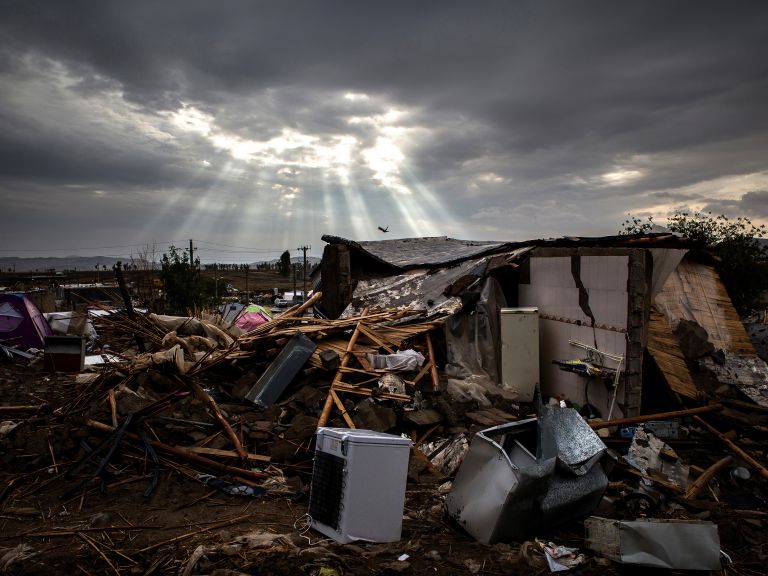Project Detail: ...And Life Rises
Contest:
Reportage and Documentary 2019
Brand:
LuganoPhotoDays
Author:
Younes Khani
Status:
Selected
Project Info
...And Life Rises
-
Iran is one of the most earthquake-prone countries in the world, and earthquakes threaten most regions across Iran. More than 80% of cities in Iran are under the threat of earthquake. Iran also stands high on the list of countries with the most number of earthquake victims. On the Sunday night of Oct. 12, 2017, a powerful 7.3 magnitude earthquake hit Ezgeleh City in Kermanshah Province near the Iranian-Iraqi border. 569 were killed, nearly 10 thousand were injured, and more than 30 thousand houses were destroyed in Ezgeleh, Sarpol-e Zahab, Salas-e Babajani, and Ghasreshirin cities, and the nearby villages. The earthquake spawned nearly 1557 aftershocks. It occurred at a depth of 11 km from Ezgeleh, and was felt throughout Northwest Iran due to its shallow depth and long duration. This earthquake was the most destructive earthquake of 2017 worldwide, and was felt in southeast of Turkey, Lebanon, Qatar, Israel, United Arab Emirates, Kuwait, and north of Saudi Arabia.
When the earth begins to shake, the walls crack, they can be heard collapsing, and things are heard falling. In a matter of seconds, hundreds of homes are ruthlessly destroyed, and a huge cloud of dust covers everything. In those quick yet horrific moments, an inexplicable fear grips the people, many are injured, and many dead. Families lose their loved-ones and face the biggest challenge of their lives: homelessness. Losing one's home and shelter can cause serious mental health problems, filling the victims with rage and fear. Hopelessness becomes an inseparable part of the daily life, and it is difficult for people to accept this shock, to move on from the earthquake's destructive effects, in order to fight the unexpected problems. Gradually and strangely, however, the survivors get on with their lives and begin to rebuild their surroundings, creating a shelter for themselves and the rest of their families using the debris.
The goal I pursue through this project is to depict the lives of people in the city of Ezgeleh in Kermanshah Province, who have experienced a 7.3 magnitude earthquake. I lived with the survivors for 20 days in order to better understand their dire living conditions after the earthquake. Those who have lost one or all of their family members in a matter of seconds, and, on top of that, no longer have a place to live. I wanted to capture the people's feelings, their sadness, happiness, hopes and fears in the face of this unpredictable disaster, to illustrate the flow of life that continued uninterrupted after the earthquake despite all odds. The people that began to rebuild their new life at such hard times and with little means; people that despite all the injuries and damages move toward their aspirations hoping to build a new life.


















